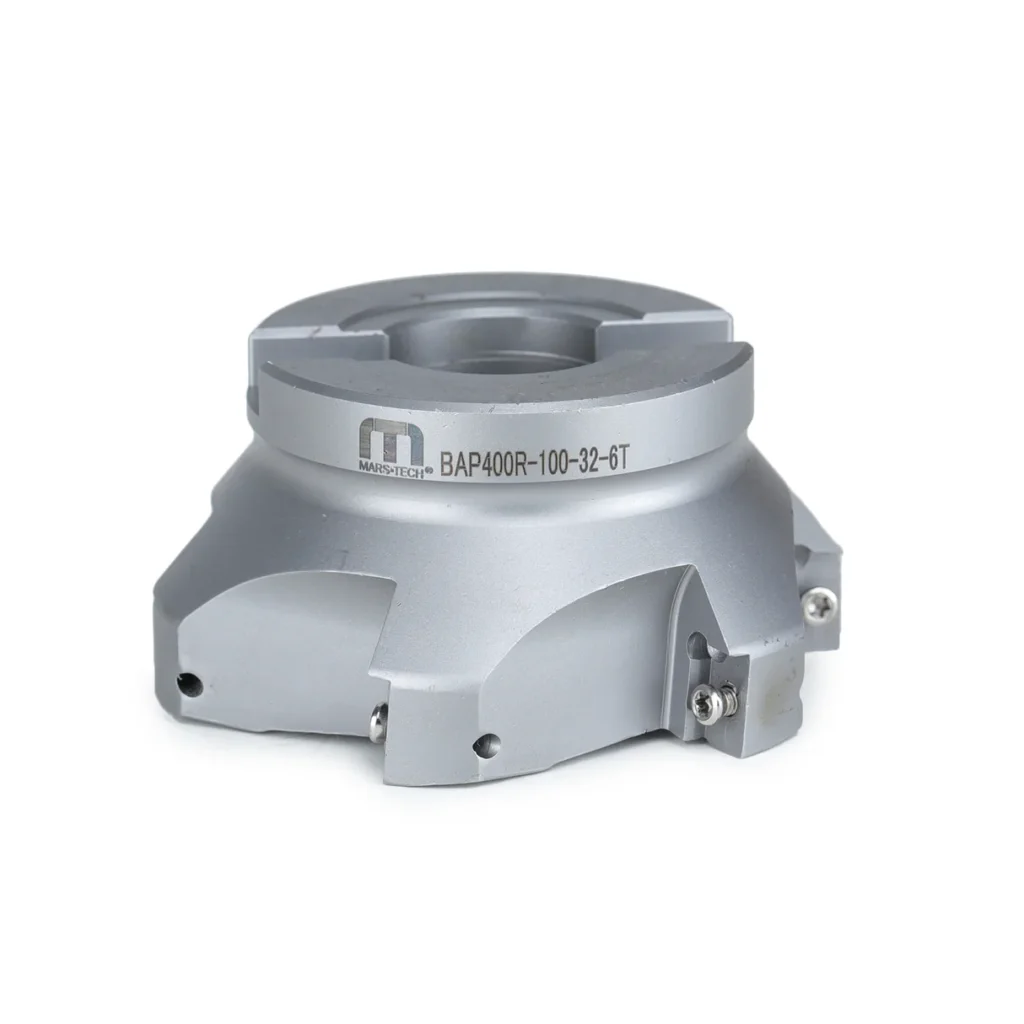Among the most important tools in CNC machining and manufacturing is the milling cutter. These rotary tools are used to remove material from a workpiece by advancing (or feeding) it in a direction at an angle to the axis of the tool. They are used for shaping, slotting, facing and drilling. All different types and configurations of milling cutters are available for all machine tasks.
the most important tools in CNC machining and manufacturing is the milling cutter. These rotary tools are used to remove material from a workpiece by advancing (or feeding) it in a direction at an angle to the axis of the tool. They are used for shaping, slotting, facing and drilling. All different types and configurations of milling cutters are available for all machine tasks.
Milling Cutters: What it Is
A milling cutter is, in fact, a rotating cutting tool that is part of a milling machine and machining centers. Unlike drill bits, which cut only in the direction of drilling along the axial direction, milling cutters cut in many directions and designs to form holes, slots, contours, and fine finished surfaces within the workpiece.
Types of Milling Cutters
End Mill Cutters.
Ideal for contouring, profiling, slotting, and plunging.
Available in square end, ball nose, and corner radius designs.
Face Mill Cutters
Used for high-speed machining and creating flat surfaces.
Suitable for large material removal.
Slab Mill Cutters
Heavy debris removal on wide, flat surfaces.
Side and Face Cutters
Best for cutting slots and grooves with deep cuts.
T-Slot Cutters
Specifically built to make T-slots on worktables.
Gear Cutters
With used in gear-making to make the teeth of gears correctly shaped.
Fly Cutters
Single-point cutters with application to smooth, broad, flat surfaces.
Shell Mill Cutters
Takes larger diameter tools that use replaceable inserts for cutting.
Milling Cutters’ Materials
High-Speed Steel (HSS): Cheap yet very durable.
Carbide: Extends tool life and increases cutting speeds.
Cobalt Steel Alloys: Better heat-resistant than HSS.
Ceramic & Diamond-Tipped Cutters: Used in high-precision and ultra-hard materials.
Coatings That Improve Performance
TiN (Titanium Nitride): Increases hardness and wear resistance.
TiAlN (Titanium Aluminum Nitride): Gives oxidation resistance.
AlTiN (Aluminum Titanium Nitride): Great for high-speed dry machining.
DLC (Diamond-Like Carbon): Great for non-ferrous applications.
Key Considerations When Choosing a Milling Cutter
Material of Workpiece: Steel, aluminum, brass, etc.
Type of Operation: Slotting, finishing, roughing, etc.
Machine Capability: Spindle speed, rigidity, feed rate.
Surface Finish Requirements: Determines cutter geometry and type.
Coolant Compatibility: Some coatings are optimized for dry or wet cutting.
Applications of Milling Cutters
Aerospace & Automotive: Precision parts, molds, and engine components.
Die and Mold Making: For complex contours and surface finishes.
General Engineering: Slots, holes, and surface shaping.
Tool and Die Shops: Repetition of identical accuracy in cutting.
Benefits of High Quality Milling Cutters
Excellent surface finish
Longer tool life
Efficient chip removal
Reduced machining time
Greater dimensional accuracy
Milling Strategies for Improved Results
Use climb milling when possible for smoother cutting and a longer tool life.
Select proper feeds and speeds to keep from prematurely wearing out tools or causing them to overheat.
Depending on the cutter material, coolants or lubricants are applied.
Periodic inspections of cutters for wear and timely replenishment as needed.
Frequently Asked Questions on Milling Cutters
Q1. What are the differences between an end mill and a face mill?
A: An end mill cuts axially and laterally and is ideal for contouring and slotting. On the other hand, a face mill is basically for flat surfaces (facing) and uses multiple cutting edges made by inserts.
Q2. Are milling cutters to be re-sharpened?
A: Most milling cutters are of high quality, and they can be re-sharpened with correct grinding machines to extend the lifespan of milling cutters.
Q3. What should you consider when choosing a milling cutter for aluminum?
A: Use cutters that come with a high helix angle, polished flutes, and DLC coatings to avoid chip welding and smooth cutting.
Q4. What are the reasons for cutter wear or breakage?
A: These factors included typical incorrect speeds and feeds, poor cooling, hard material of the workpiece, and worn-out inserts.
Q5. Are coated milling cutters worth their costs?
A: Yes, coatings significantly improve performance, reduce heat, and improve wear resistance making them suited for operation in high volume.
Q6. How often should you replace milling cutters?
A: This changes based on the hardness of the material, cutting parameters, and frequency of applications. Signs suggesting that it is time to replace include visual inspection, lower finish quality, and higher vibration levels.
Conclusion
The milling cutter is a synonym of modern machining operations. The perfect cutter for each of the classes should be selected based on its material, operation type, and compatibility with the machine used so that the whole activity requires maximum efficiency and precision. With the advancement in tool geometry and coating technologies, today’s milling cutters are more efficient, reliable, durable, and performance-based than they used to be. Investing in the right cutter not only brings about productivity but also guarantees the quality of work in your machining operations.












































